A terrifying incident is coming to light which occurred in December when UA flight 1722, a Boeing 777-200 widebody, departed Maui and was bound for San Francisco. But something happened almost immediately after takeoff, which we can confirm based on our data analysis from FlightRadar24 Pro (image below). This problem occurred during the same severe weather as the now infamous Hawaiian Airlines Flight 35, which encountered extreme turbulence on approach to Honolulu that resulted in dozens of injuries to passengers and crew.
A strong Hawaii winter storm was in effect.
Both of these events occurred during a very stormy and unusually windy period here in Hawaii. While strong winter storms are nothing new to Hawaii, the severity of the gusts was exceptional. This would obviously lead to questions regarding the cause of this UAL incident and whether it was somehow also a storm-related event.
UAL Maui to SFO dropped precipitously after takeoff.
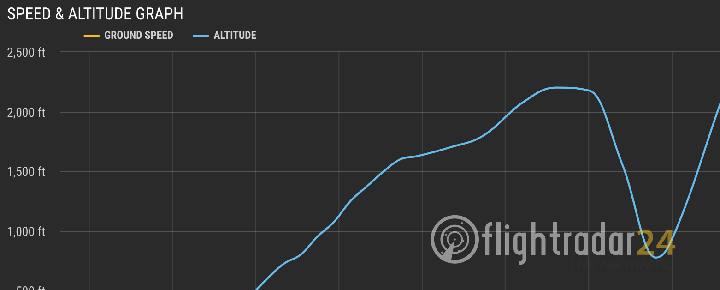

The flight departed normally and climbed to 2,200 feet, as can be seen in the altitude graph from FlightRadar24 Pro above. But what happened after that was anything but ordinary. Instead of continuing its climb as it traveled just northwest of the island, the plane suddenly plunged from an altitude of about 2,200 feet down to within 750 feet of the Pacific Ocean below, as can also be seen in the graph.
The incident was not previously reported but was noted by the website The Air Current, then confirmed by us directly via FlightRadar and other sources. The weather, as we indicated, continued to be very stormy statewide on the day and at the time of the Boeing 777 takeoff. According to The Air Current, the drop descent rate was severe.
It is interesting, and either coincidental or not, that both this United Airlines flight and the prior day’s Hawaiian Airlines flight 35 suffered sudden drops in altitude.
The drop was brief and severe and produced enormous gravity forces on the aircraft, passengers, and crew.
The intensity was so extreme, both in the rapid descent and the ascent that followed, that it was reported to have produced 2.7 times the force of gravity. It appears that the entire event lasted less than one minute. Thereafter, the plane continued without further issue to San Francisco.
UAL is reported to have confirmed the incident, saying it “Coordinated with the FAA and ALPA on an investigation that ultimately resulted in the pilots receiving additional training. Safety remains our highest priority… [Pilots] fully cooperated with the investigation and their training program is ongoing.”
No injuries have been reported on United 1722. Here’s the most obvious reason.
During the statewide storm, Hawaii experienced extraordinary wind gusts. NTSB previously spoke to the weather, saying, “There was an occluded frontal system with an associated upper-level trough moving towards the Hawaiian Islands.”
Everyone was in their seats with seatbelts on. Without a doubt, at just 2,200 feet into the takeoff climb, all passengers and crew would have still been buckled in and safe. That is, obviously, a significant reason for the event not resulting in the kinds of injuries associated with the previous day’s Hawaiian Airlines flight. In that sense, the timing was much better than had it occurred with passengers and crew moving about the cabin.
If you were on this flight, we’d love to hear from you. Mahalo.
Get Breaking Hawaii Travel News

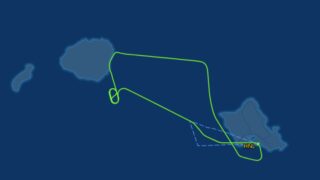

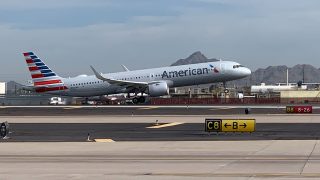
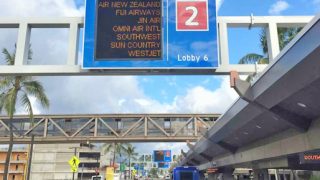
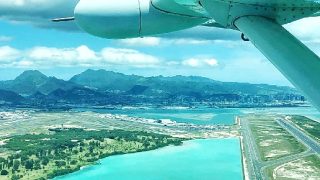
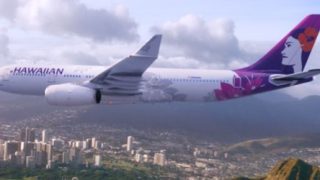
Why isn’t anyone asking why the pilots continued the flight all the way to the mainland after the aircraft was subjected to such extreme stresses? They absolutely should have turned around and had the plane inspected in Hawaii before it was flown again. I’m certain it received an emergency inspection once it reached SFO. The pilots’ action following the incident was reckless and irresponsible.
Josh- There’s additional info now on CNN Travel that a passenger said that the plane climbed alarmingly for several seconds and then nosed down in altitude for 8-10 seconds before recovering, then flying normally and getting to cruise altitude. This seems to indicate that the plane hit some fierce headwinds and updrafts and then possibly stalled, forcing the pilots to point the plane down until they achieved enough airspeed to fly normally again. If this is the case, then the pilots did a great job in preventing the plane from totally stalling and crashing. As to why they didn’t turn around is probably because the aircraft did not exceed it’s engineered flight envelope and capacity.
My question also. Why didn’t they return? As a passagener, it would have been horrifying wondering if it would happen again.
From the info and the comments it appears obvious this was weather related and looks like a probable wind shear/downdraft event. Some mentioned a possible incorrect flap setting which would be pretty much unheard of on climb out. This incident would not be so serious if it happened at a higher altitude, but coming within 750 feet of the surface of the ocean is very serious and very spooky. Very close call.
Kudos to the pilot! But why hasn’t it been addressed that the aircraft was even allowed to take-off, especially as it was noted that the” severity of the gusts were exceptional?”
Is great to be informed about Aviation and Hawaii
Please tell me why I read these stories when I’m going to be flying in a couple of months…and have the greatest fear of flying?
Same!! I feel like it’s all I see recently coming from Beat of Hawaii. Wish they would relax on these articles. We go to Hawaii every year and it’s my most dreaded flight and these articles are not helping with our upcoming flight in May.
FlightAware and FlightRadar24 are both notoriously, to real aviators, wrong. They rely on private antennas to get info. I know as I host two antennas on my own aircraft storage building/hangar. I have thousands of hours and several aircraft licenses of different types in both USA and Canada so even when I fly my own aircraft I go and check my track on the computer through the two websites and find tracks, altitudes and ground speed that were absolutely incorrect.
I was on the flight and can attest to the accuracy of the report. It happened and we all felt the 2.7 G’s. Thankful for the crews ability to save the flight.
Does this mean you have access to the data on this flight that took place on this date of December 19, 2022 from OGG to SFO – “I go and check my track on the computer through the two websites and find tracks, altitudes and ground speed that were absolutely incorrect.” If so, what was deemed incorrect according to your findings and what would have been the correct info? Thank you for your time and insight on this.
I have the greatest fear of getting out of bed and I still do. What are you afraid of anyway? In the long term, you’re dead already.
Aside from the fact that I can see the ground/ocean rushing up at me at great speeds (while I’m singing the first part of Kenny Loggins’ “This is It”)? Nothing.
They should not have been flying in that weather. It’s quite alarming to us pilots as well. Measures will likely be taken to this does not occur again.. You’ll be fine on your flight, you can check turbulence forecast for the route as well. Have a Mai Thai and relax : )
I had that day off and decided to drive down to VOR Beach, which is at the western boundary of the main runway in Maui. The weather was horrendous. My car was rocking in the wind gusts, the rain was horizontal. I was surprised at how many jets were still taking off and landing, although I could see on my Flightradar24 app that several flights, after circling above for approx 30 min, diverted to Big Island. Who decides when it’s safe to fly?
Hi Eldo.
Yes, it is hard to describe how unusual that storm was, even for Hawaii. The wind gusts in particular.
Aloha.